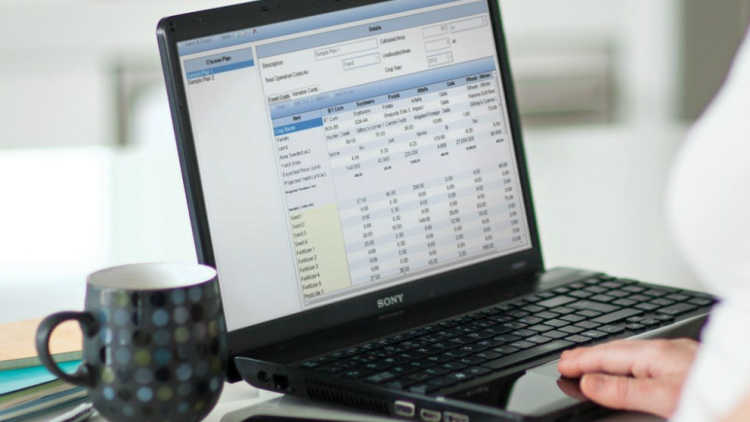Want to stay profitable? Know how to calculate your true costs

Risk management – always key to a producer’s success – is just plain good business. Grain prices have bounced all over the place in the past few months, let alone the past few years. Producers once again have to pay close attention to their margins if they wish to remain profitable.
Calculate breakdowns by crop
Returning to basics provides the best opportunity to maximize the chances of selling at a profit when markets are volatile. The natural place to start is calculating the total cost of production for each of the crops you grow. Once you know those numbers, it’s simple to work out what yield-price combination you’ll need to turn a profit.
Let’s say your calculations show that your total cost of production to grow a top canola variety is $360 per acre. If you grow a 40-bushel canola crop, you will need to sell it for $9 per bushel to break even. However, if you only get a 30-bushel crop, you’ll need to sell it for more than $12 per bushel to turn a profit.
The more volatile the marketplace, the better it is to have a long-term marketing strategy.
Yet no matter how many times marketing experts talk about the value of knowing your cost of production, a surprising number of producers don’t have a firm handle on how to determine what their true costs are. Online tables, like those found in Saskatchewan Agriculture’s Crop Planning Guides, provide general guidelines. And tools such as FCC’s AgExpert Field allow you to enter fixed and variable costs to estimate projected yield and commodity prices.
Revisit calculations regularly
Calculating total cost of production is not something that can be done once and forgotten about; it’s a dynamic figure that needs to be revisited regularly, says Mark Lepp with Farm Link Marketing Solutions in Winnipeg. Costs change dramatically from year to year. Land prices are higher, interest rates are lower, but loans are bigger.
Many producers are carrying more debt than before, due to increased capitalization for things like new farm equipment and storage. All of these capital expenses have a cost that should be included in any kind of budget to make sure the grower knows the true costs of production – not just what they’ve invested in seed, chemical and fertilizer.
It’s not always straightforward. For example, take calculating which proportion of equipment depreciation and repair costs to attribute to each crop. The simplest way to do this is to take all these costs and divide them by all your acres.
However, this doesn’t accurately reflect differences between crops.
Each time you make a pass over a crop, you put a bit more operating time on your machinery. So a crop that requires more spray operations should be attributed higher depreciation and repair costs for your sprayer than a lower-maintenance crop. Of course, a higher-yielding crop will put more wear and tear on your harvest equipment.
Time your sales for cash flow
A good marketing plan can’t always focus on getting the highest possible price for your production.
Markets move up and down all the time, so unless you have a working crystal ball, it’s almost impossible to hit the very top and you might miss out on opportunities to lock in a nice profit while you’re waiting. The more volatile the marketplace, the better it is to have a long-term marketing strategy.
The planning process starts early, well in advance of the growing season to always prevent cash flow issues from suddenly cropping up.
“The most difficult calls are when a producer says, ‘I need to make a payment in the next month, what do I sell?’” Lepp says. “We advise our clients to put a long-term strategy in place, which starts with choosing crops based on profitability. Then, over the course of the next 18 to 24 months, we work with them to determine when the best time would be to sell a portion of each crop based on both the market outlook and the dynamics of their farm. Hopefully, the right time to sell is also a profitable time to sell.”
A well-considered marketing plan should ensure you have cash on hand when you need it while also selling at a profit.
Consider livestock price insurance
The federal government – in conjunction with the B.C., Alberta, Saskatchewan and Manitoba governments – is running a four-year pilot project, the Western Livestock Price Insurance Program (WLPIP).
Based on a regional program started in Alberta in 2009, it gives western producers the option to buy price insurance on cattle and hogs. Premiums are borne entirely by producers.
WLPIP doesn’t allow producers to lock in specific prices for their livestock. Instead, it provides an opportunity to insure against an unexpected drop in prices.
If you know your cost of production, the program can be a useful tool for locking in a profit.
Repurposed from AgriSuccess article by Lorne McClinton

Learn how cash flow planning can keep you on the right financial track.
